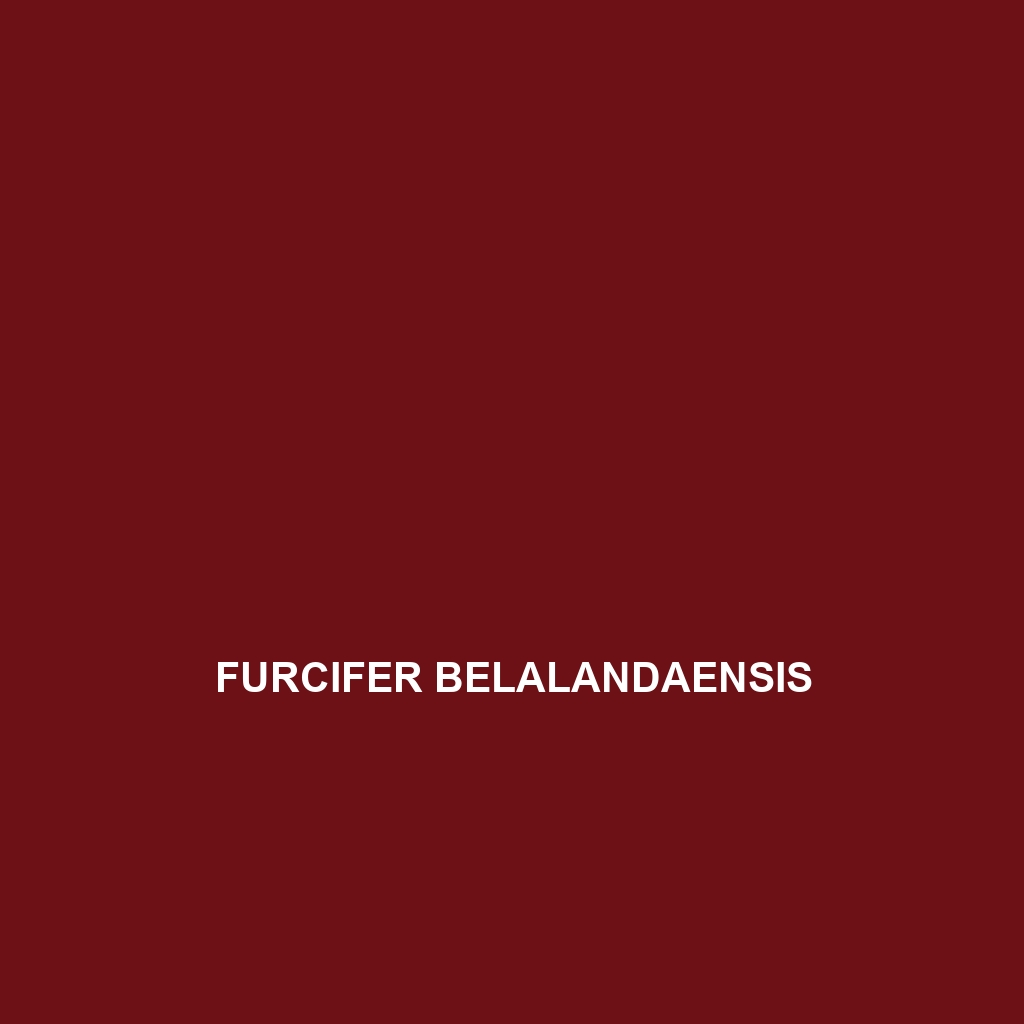-

Furcifer minor
Introducing the Furcifer minor, or lesser chameleon, an exceptional insectivore native to Madagascar’s lush rainforests, measuring 15 to 20 cm in length with remarkable color-changing abilities for communication and camouflage. This vulnerable species plays a crucial role in its ecosystem by controlling insect populations and showcasing unique adaptations for survival.
-

Furcifer major
Furcifer major, or Madagascar chameleon, is a vibrant insectivorous species known for its remarkable color-changing ability and distinct crest, thriving in the humid rainforests of Madagascar. Growing up to 12 inches long, this chameleon plays a vital role in its ecosystem by controlling insect populations while being an important prey for larger predators.
-

Furcifer labordi
Furcifer labordi, commonly known as the Madagascar chameleon, is a vibrant and adaptable species native to the rainforests of Madagascar, showcasing remarkable color-changing abilities and a diet primarily consisting of insects. With its striking appearance and vital role in maintaining insect populations, this vulnerable species highlights the ecological diversity of its unique habitat.
-

Furcifer lateralis
Sharptooth Chameleon (Furcifer lateralis) The Furcifer lateralis, or Sharptooth Chameleon, is a vibrant, medium-sized chameleon native to the lush forests of Madagascar, known for its remarkable ability to change color and its crucial role in controlling insect populations. With a range of striking hues and complex mating displays, this species thrives in diverse habitats, including…
-

Furcifer cephalolepis
Discover the stunning Furcifer cephalolepis, a vibrant Madagascar chameleon known for its unique helmet-shaped head, remarkable color-changing abilities, and fascinating insectivorous diet. Thriving in the lush rainforests, these solitary reptiles play a crucial role in their ecosystem by regulating insect populations while exhibiting captivating mating displays.
-

Furcifer campani
Discover the vibrant Campan’s chameleon (Furcifer campani), a stunning insectivore native to Madagascar’s lush rainforests and dry forests. Known for its striking color-changing ability and arboreal lifestyle, this unique species plays a crucial role in maintaining ecological balance while captivating wildlife enthusiasts with its remarkable adaptations.
-

Furcifer bifidus
Furcifer bifidus, or the bifid chameleon, is a vibrant, insectivorous species native to Madagascar’s tropical rainforests, recognized for its unique bifid tail and remarkable color-changing ability used for communication and camouflage. This arboreal chameleon plays a vital role in its ecosystem by regulating insect populations and serving as prey for larger species.
-

Furcifer belalandaensis
Discover the Furcifer belalandaensis, or Belalanda chameleon, an endangered species native to the rainforests and dry deciduous forests of Madagascar, known for its vibrant color changes, distinctive helmet-like head structure, and arboreal lifestyle. This insectivorous chameleon plays a vital role in its ecosystem by regulating insect populations and promoting biodiversity.
-

Furcifer antimena
Discover the vibrant and fascinating Furcifer antimena, a unique chameleon species native to Madagascar’s tropical rainforests. Known for its remarkable color-changing abilities, prehensile tail, and diverse diet, this arboreal reptile plays a crucial role in maintaining ecological balance while facing vulnerabilities due to habitat loss.
-

Furcifer balteatus
The Furcifer balteatus, or belted chameleon, is a vibrant species native to Madagascar’s rainforests and savannas, known for its striking coloration, independent eye movement, and unique ability to change colors as a form of communication. This primarily insectivorous chameleon plays a vital role in its ecosystem by controlling insect populations and serving as prey for…
Search
Popular Posts
-
Liolaemus crandalli
Discover the unique Liolaemus crandalli, or Crandall’s liolaemus, a striking lizard native to the temperate forests and grasslands of southern Chile and Argentina. Measuring 8 to 12 cm, this diurnal insectivore features a slender body with vibrant coloration in males during breeding, and plays a vital role in its ecosystem by controlling insect populations and…
Categories
Tags
animal adaptations (890) animal behavior (4960) animal reproduction (851) behavior (920) biodiversity (7661) conservation (1670) conservation efforts (1732) conservation status (5528) diet (2102) echolocation (822) ecological balance (1967) ecological role (1831) ecosystem (1469) ecosystem role (2842) endangered species (2499) environmental conservation (821) habitat (3274) habitat conservation (1090) Habitat Destruction (1326) habitat loss (3314) insectivorous reptiles (881) IUCN Red List (1847) lizard reproduction (909) nocturnal animals (2751) nocturnal behavior (2548) nocturnal reptiles (992) physical characteristics (2047) predator-prey relationships (837) reproduction (2884) reptile behavior (914) reptile conservation (1236) reptile reproduction (935) rodent species (1325) seed dispersal (2131) Seed Disperser (977) small mammals (1166) snake behavior (848) snake diet (954) snake reproduction (1036) South America (806) tropical forests (946) Vulnerable Species (4837) wildlife (2510) wildlife conservation (5178) wildlife protection (983)




